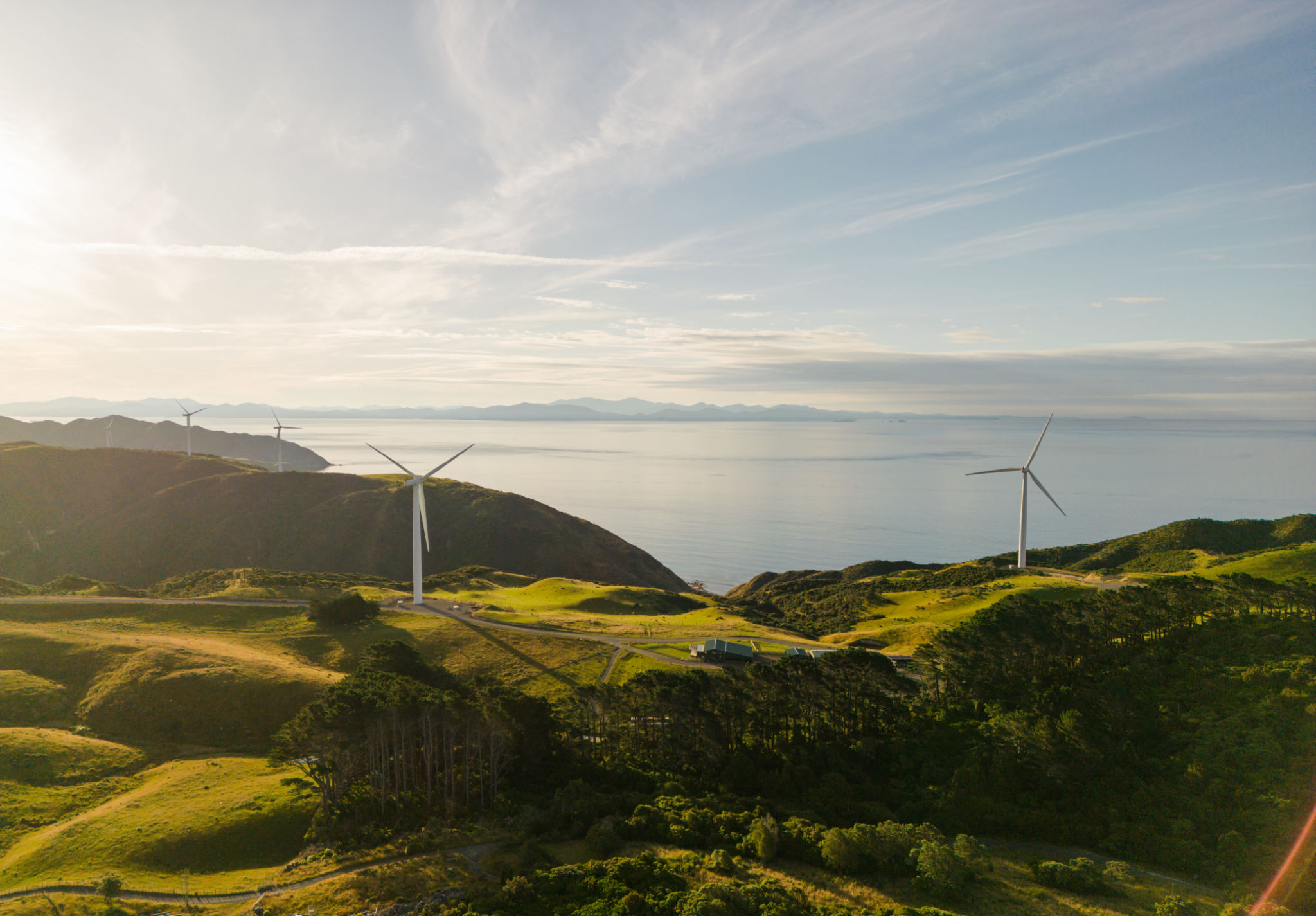A Comprehensive Guide to Alternative Energy Sources in Maryland
Ki
Introduction to Alternative Energy Sources
As the world moves towards a more sustainable future, Maryland is at the forefront of adopting alternative energy sources. With a commitment to reducing carbon emissions and promoting clean energy, the state offers a variety of renewable resources that residents and businesses can tap into. From solar power to biomass, Maryland's diverse energy landscape provides numerous opportunities for sustainable growth.

Solar Energy in Maryland
One of the most popular forms of alternative energy in Maryland is solar power. With an increasing number of sunny days annually, the state provides an ideal environment for solar energy systems. Maryland offers several incentives, including tax credits and rebates, to encourage homeowners and businesses to install solar panels. These incentives make it financially viable for more people to switch to this clean energy source.
Furthermore, community solar programs allow residents who may not have suitable rooftops to participate in solar energy generation. By joining these programs, participants can benefit from reduced electricity costs while contributing to a greener planet.

Wind Energy: Harnessing Nature's Power
Maryland's commitment to wind energy has seen significant growth in recent years, with both onshore and offshore wind farms being developed. The state's coastal location offers a strategic advantage for harnessing strong wind currents, making it an ideal spot for wind turbines.
Projects like the Skipjack Wind Farm and the MarWind project are set to provide substantial amounts of renewable energy to the grid. These projects not only contribute to reducing greenhouse gas emissions but also create jobs and stimulate economic growth in the region.

Biomass: A Renewable Resource
Biomass energy, derived from organic materials such as wood and agricultural waste, is another significant alternative energy source in Maryland. This renewable resource helps reduce waste while providing a sustainable energy solution. Biomass facilities convert organic materials into electricity and heat, offering a reliable energy source that can complement other renewables.
Maryland's agricultural sector plays a crucial role in supplying raw materials for biomass energy production. By utilizing crop residues and animal waste, the state effectively turns potential waste products into valuable energy resources.
Geothermal Energy: Tapping Into Earth’s Heat
Geothermal energy is an often-overlooked alternative energy source that harnesses the natural heat of the Earth. In Maryland, geothermal systems are used primarily for heating and cooling residential and commercial buildings. These systems are highly efficient, providing consistent temperature control while significantly lowering energy costs.

The Economic and Environmental Benefits
Investing in alternative energy sources not only benefits the environment but also boosts Maryland's economy. The renewable energy sector creates jobs in manufacturing, installation, and maintenance, driving economic growth. Additionally, reducing reliance on fossil fuels helps decrease air pollution and combat climate change, preserving Maryland’s natural beauty for future generations.
Conclusion: A Sustainable Future for Maryland
Maryland's commitment to alternative energy sources sets an example for other states to follow. With diverse options like solar, wind, biomass, and geothermal energy, Maryland is well-positioned to lead the charge towards a sustainable future. By embracing these technologies, residents and businesses can play a vital role in creating a cleaner, greener world.
